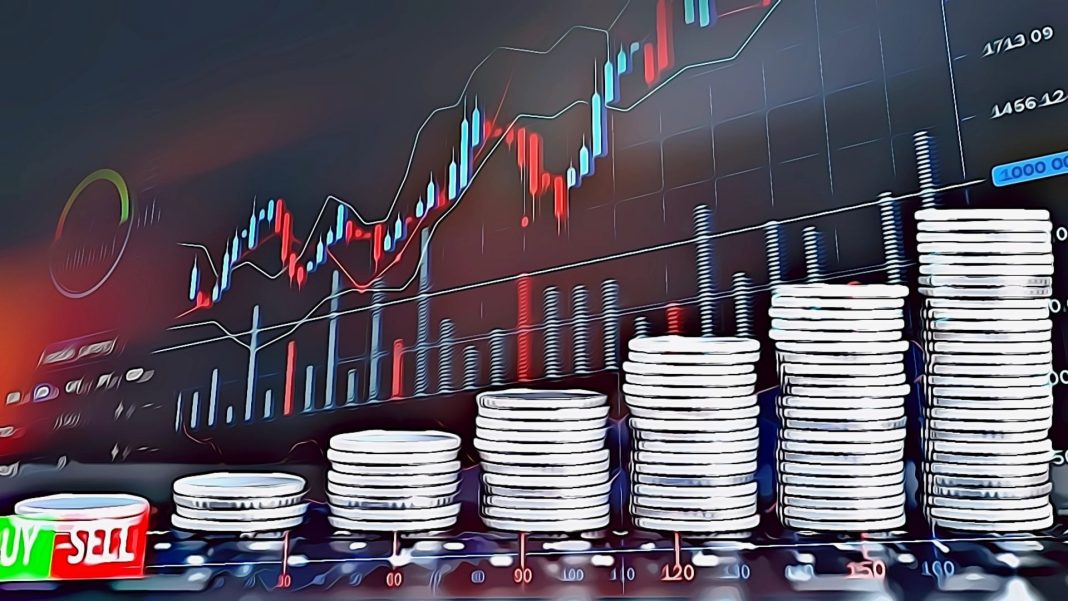In the world of cryptocurrencies, the relationship between unlocked tokens and circulating supply can often vary significantly, influencing market dynamics and investor perceptions.
While circulating supply is a standard metric, it doesn’t always directly correlate with the percentage of tokens unlocked as outlined in project whitepapers.
Let’s examine several notable tokens where the unlocked supply differs notably from the circulating supply:
1. $1INCH: Shows near-perfect alignment, with just a marginal 1.18% difference between unlocked and circulating supply, reflecting typical token distribution practices.
2. $AAVE: Interestingly, its circulating supply surpasses its unlocked percentage by 1.79%, suggesting additional factors such as staking or token burning mechanisms influencing availability.
3. $AEVO and $ALGO: These tokens exhibit larger gaps, with $AEVO at 12.57% and $ALGO at 17.24%, indicating unique liquidity dynamics or strategic token distribution strategies.
4. $FXS: Despite approximately 90% of its tokens being unlocked, it shows a significant -50% discrepancy, implying a substantial portion of unlocked tokens are withheld from circulation.
5. $ASTR: An outlier, with circulating supply higher than unlocked tokens, potentially due to reporting variations or distinct tokenomics strategies.
6. $ILV and $INJ: Both tokens show discrepancies despite high unlock percentages, suggesting delayed circulation due to vesting schedules or controlled releases.
7. $AXL and $BAT: Show closer alignment between unlocked and circulating supply, indicating smoother distribution processes.
8. $BNB: Despite 95.63% of its supply being unlocked, a 4.5% gap in circulating supply is likely influenced by its buy-back and burn mechanism, affecting overall availability.
How much of unlocked tokens get translated into Cir. Supply? 🔎
While cir. supply is an industry standard, how does it compare to unlocked supply shown that is derived from projects whitepaper?
Let's take a look at tokens with over 90% unlocks compared to their cir. supply 👇🏻 pic.twitter.com/GXOHcGLRut
— Tokenomist (prev. TokenUnlocks) (@Tokenomist_ai) October 9, 2024
These comparisons underline the complexities in token economics within the crypto space. High unlock percentages do not necessarily translate to immediate circulation due to various factors like vesting schedules or strategic distribution decisions. Such discrepancies—whether an oversupply or undersupply—can significantly impact liquidity and price volatility in the market, making it crucial for investors to monitor both unlocked token metrics and circulating supply dynamics closely for informed decision-making.
Disclosure: This is not trading or investment advice. Always do your research before buying any cryptocurrency or investing in any services.
Follow us on Twitter @nulltxnews to stay updated with the latest Crypto, NFT, AI, Cybersecurity, Distributed Computing, and Metaverse news!
Image Source: peshkov/123RF // Image Effects by Colorcinch




